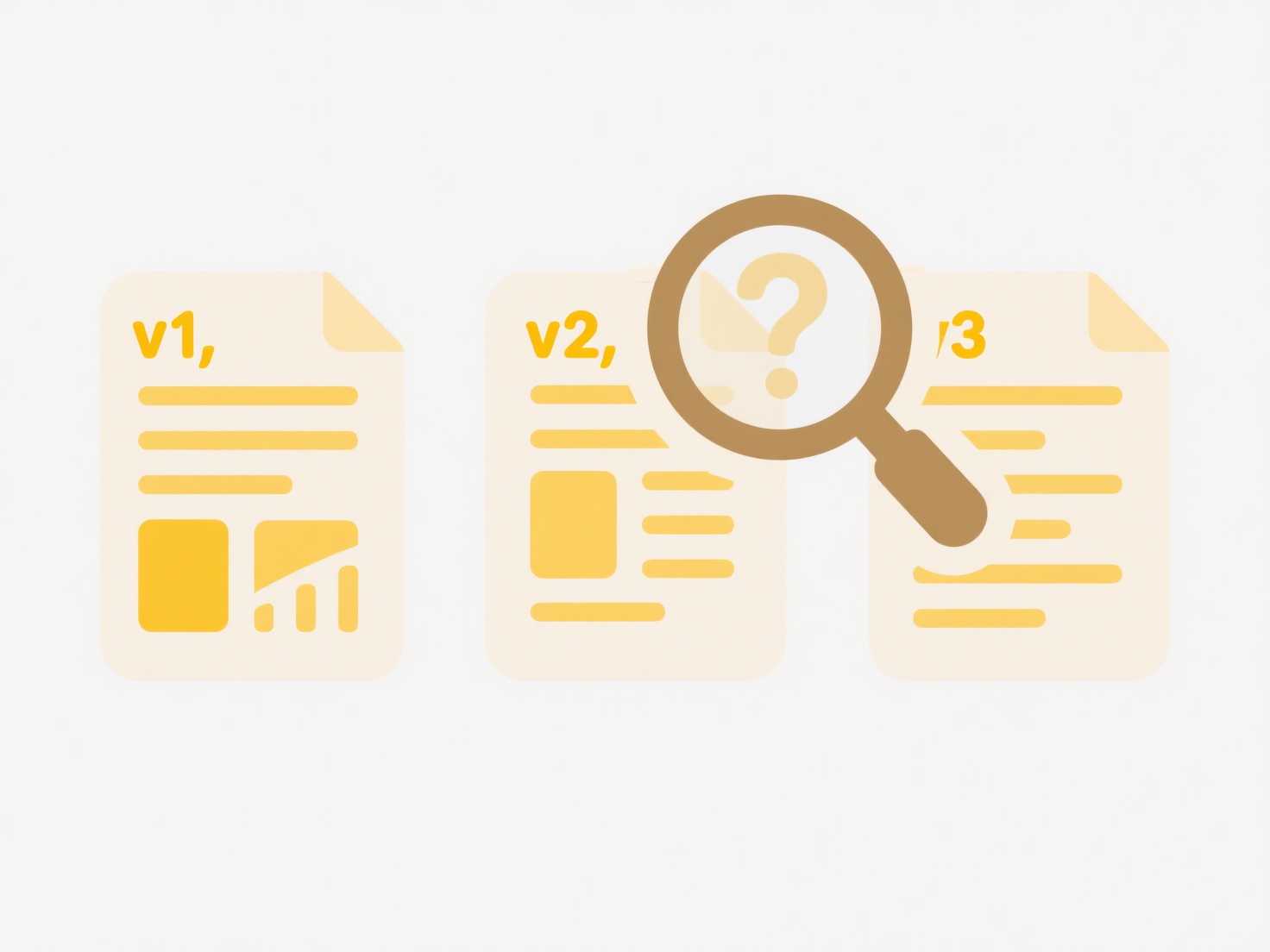
Organizing internal communications involves structuring how announcements, updates, and information flow within an organization. It means moving beyond ad-hoc emails or messages to use purpose-built strategies and platforms, ensuring messages reach the right people consistently and efficiently. Effective organization differs from informal chatter by prioritizing clarity, timeliness, accessibility, and centralizing information to prevent silos or overload.

For example, a tech company might organize announcements using a dedicated channel in a platform like Slack or Microsoft Teams for urgent updates, combined with a monthly newsletter sent via email or an intranet like SharePoint for broader summaries. A hospital could use a digital signage system for critical, time-sensitive shift announcements and schedule changes alongside a central online policy repository accessed by all staff. Common tools include intranets, email management tools (like Mailchimp for newsletters), collaboration platforms, and mobile apps.
Structured organization improves transparency, reduces rumor mills, and ensures alignment. However, challenges include overcoming change fatigue, managing information overload, and ensuring accessibility for all employees (like non-desk workers). Ethical considerations involve transparency about sensitive changes and equitable information access. Future trends involve AI-driven personalization to tailor message relevance and greater integration across platforms. A well-organized approach is crucial for employee engagement and operational efficiency.
How do I organize internal comms or announcements?
Organizing internal communications involves structuring how announcements, updates, and information flow within an organization. It means moving beyond ad-hoc emails or messages to use purpose-built strategies and platforms, ensuring messages reach the right people consistently and efficiently. Effective organization differs from informal chatter by prioritizing clarity, timeliness, accessibility, and centralizing information to prevent silos or overload.

For example, a tech company might organize announcements using a dedicated channel in a platform like Slack or Microsoft Teams for urgent updates, combined with a monthly newsletter sent via email or an intranet like SharePoint for broader summaries. A hospital could use a digital signage system for critical, time-sensitive shift announcements and schedule changes alongside a central online policy repository accessed by all staff. Common tools include intranets, email management tools (like Mailchimp for newsletters), collaboration platforms, and mobile apps.
Structured organization improves transparency, reduces rumor mills, and ensures alignment. However, challenges include overcoming change fatigue, managing information overload, and ensuring accessibility for all employees (like non-desk workers). Ethical considerations involve transparency about sensitive changes and equitable information access. Future trends involve AI-driven personalization to tailor message relevance and greater integration across platforms. A well-organized approach is crucial for employee engagement and operational efficiency.
Quick Article Links
How do I search only within a specific folder?
Folder-specific search restricts query results to files and subfolders within one designated directory on your computer,...
How can I prevent duplicate file names in the same folder?
Preventing duplicate file names in the same folder ensures unique identification and avoids accidental overwrites. Opera...
Can I export with digital signatures or certificates?
Digital signatures use cryptographic techniques to verify the identity of a signer and ensure the integrity of a documen...